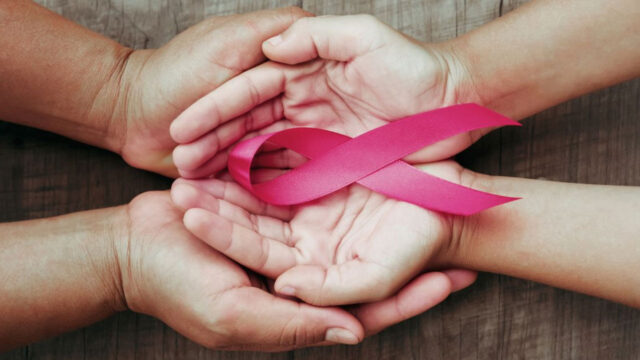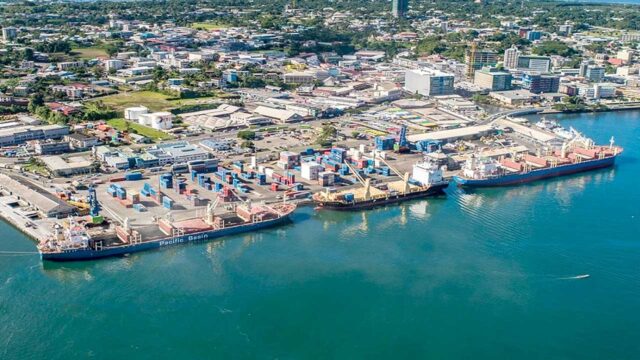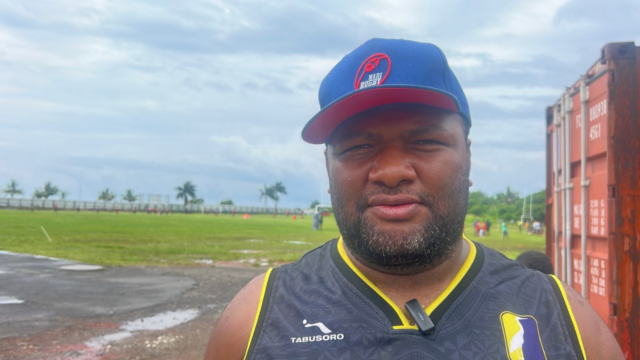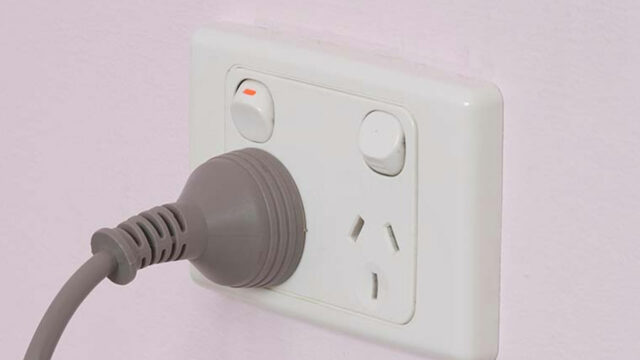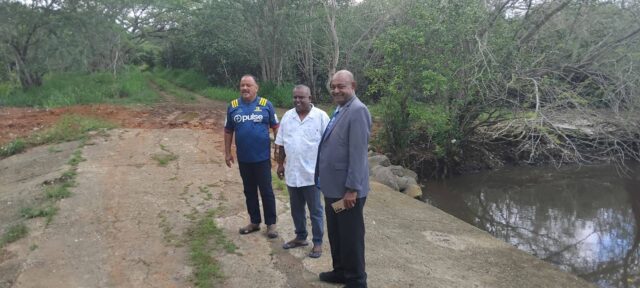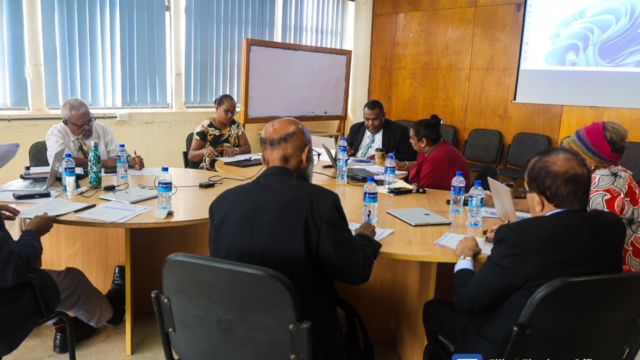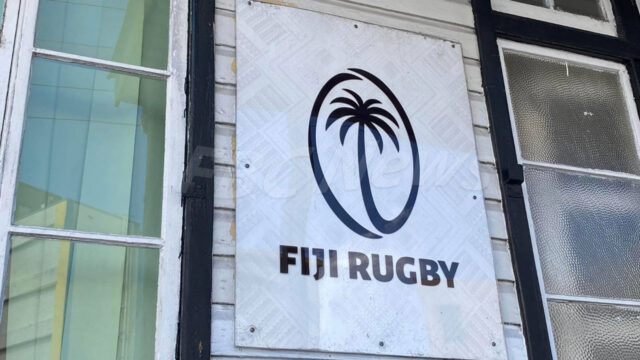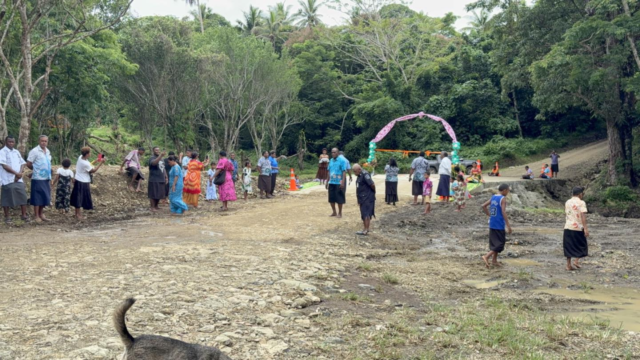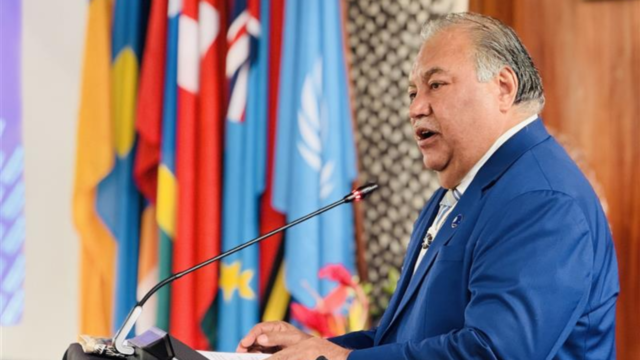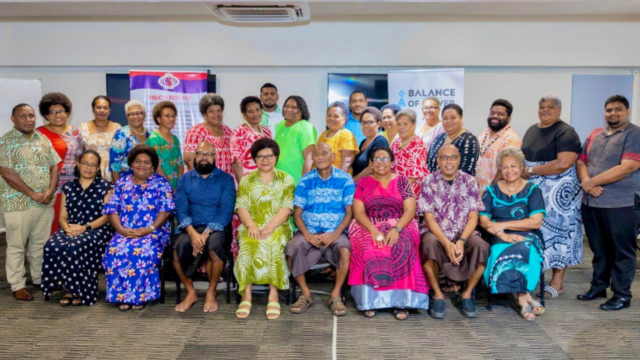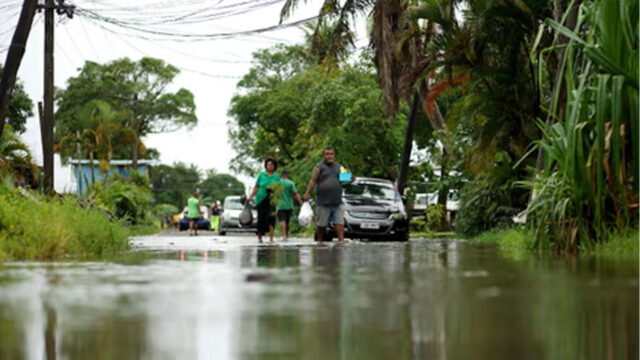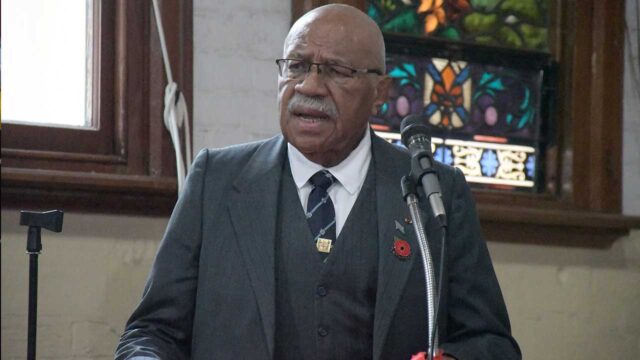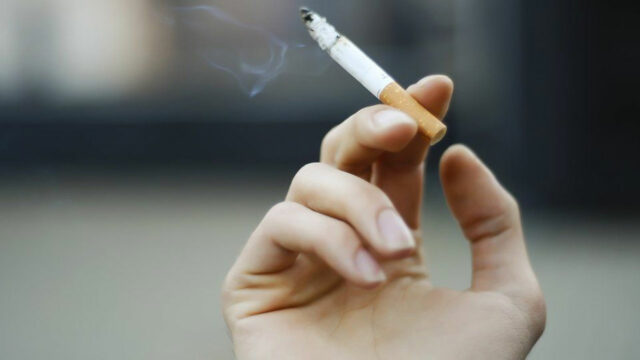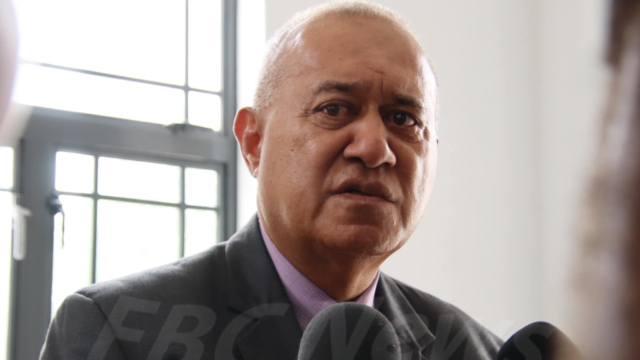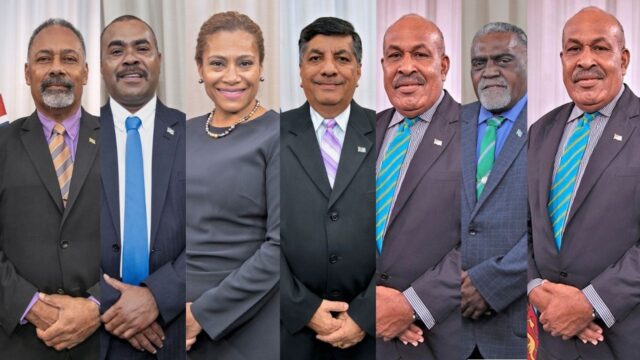
Makogai leprosarium
Makogai Island was known to be the only hope for those who contracted leprosy or Hansen’s disease and were discriminated against or cast out of their families and villages in late 1911, a time when there was no cure and isolation was the only option for them.
This is according to Filimoni Colati, whose parents worked on the government vessel that serviced the island in 1957.
As Fiji celebrates World Leprosy Day, he shares his story growing up during that era.
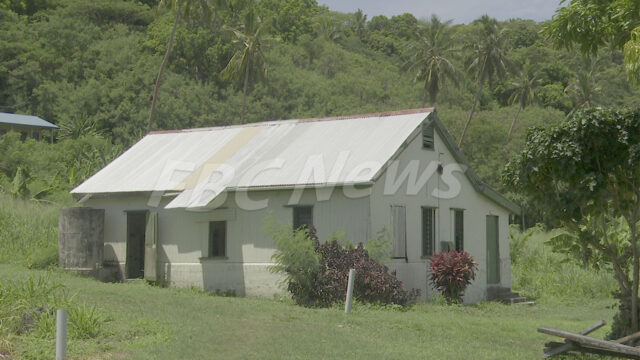
[One of the remaining building of the Makogai leprosarium]
Colati says that Makogai was the only leprosarium in the Pacific during that time, as the number continues to increase, but now it is home to 10 families with more than 1,500 bodies that were buried on the island before a cure was found.
“That time, Catholic nuns were here taking care of leper patients with only one doctor. Everything you could find in town was all here in Makogai. They have a church, mosque, cinema, a recreational center, a prison, street lights, and so forth. Life was more comforting and easy for patients and workers.”

[Makogai resident, Filimoni Colati]
He says some left their homeland and homes wondering what would happen on Makogai, only to later find out that it was the only place they found peace and love.
“Here in Makogai, patients were placed according to their race and beliefs. So you have Fiji village, a Samoan village, and a Rotuman village around the island, but Indians were put according to their beliefs, with ladies in a separate place and men on the other side. No one is allowed to sneak into other villages since you will be put in prison for breaking the laws.”

[Makogai burial grounds]
Makogai was closed as a leprosarium in 1969, and all remaining patients were moved to the Twomey hospital in Tamavua, Suva.

[Makogai burial grounds]
Today is an opportunity to celebrate people who experienced leprosy, raise awareness about the disease, and call for an end to leprosy-related stigma and discrimination.
Stream the best of Fiji on VITI+. Anytime. Anywhere.


 Peceli Naviticoko
Peceli Naviticoko 







